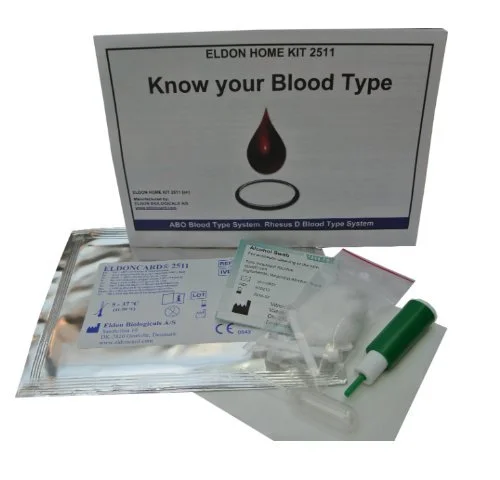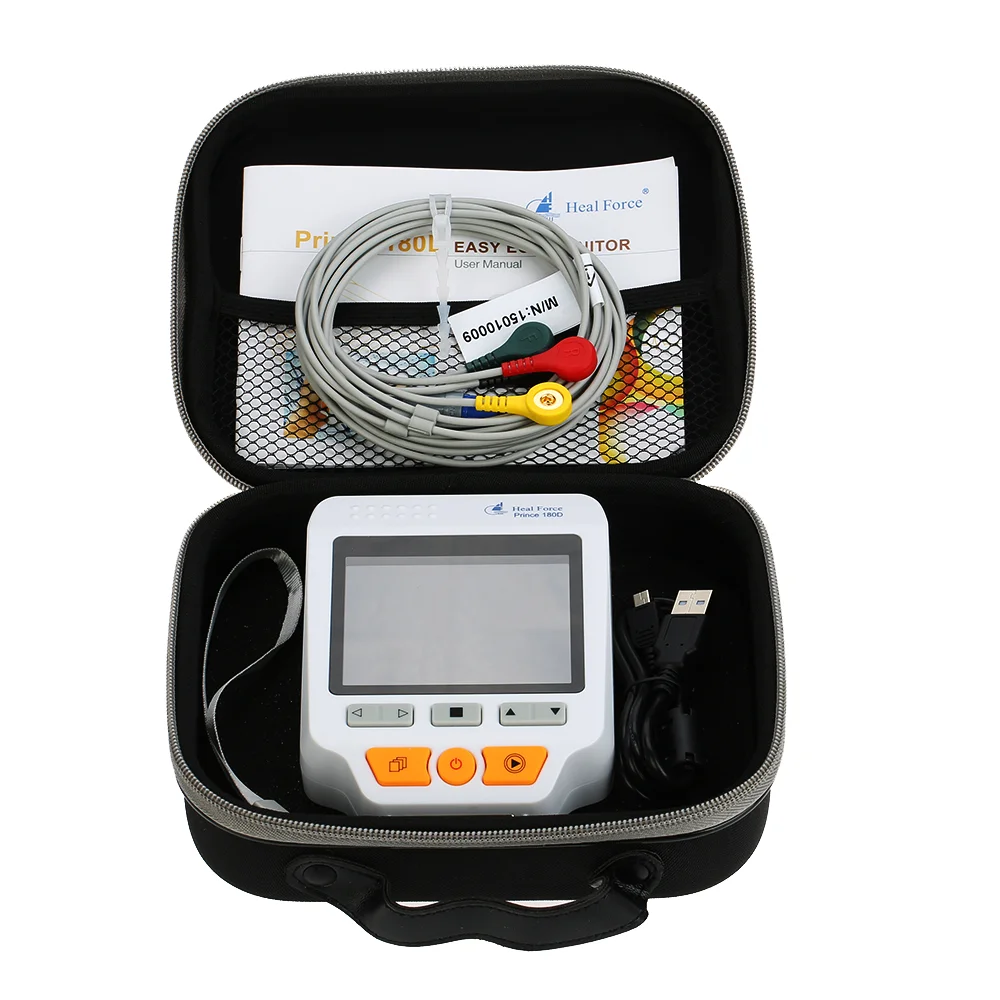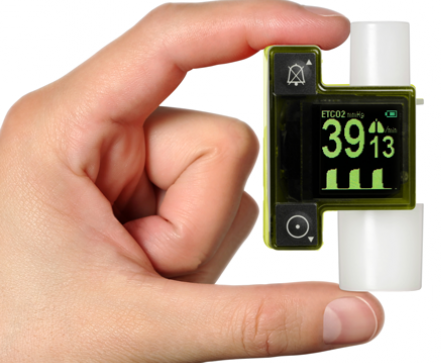Diagnostic Tests for the Remote Medic
The key to delivering appropriate care, especially in a remote environment, is all about making good decisions and good decisions rely on good information. Sometimes this is pretty straightforward; whether that hand is sprained or fractured, more accurate diagnosis will not necessarily change the treatment. Sometimes it is less so; chest pain, abdominal pain or fever, for example could either be relatively benign or potentially life threatening.
In a developed, westernized city with free healthcare, the consequences of being overzealous is the inappropriate use of an Ambulance or wasted time in an ER department.
If we are overconfident and miss something serious, we are fortunate enough that we have emergency services to call on.
But what if you are working in a remote area where there is no ambulance or ER 30 minutes away ‘to be on the safe side’.
The consequences of missing a life-threatening condition are…..life threatening.
The consequences of being overcautious might be include an international medical repatriation which could cost upwards of £15,000 ( and which the insurance company may not cover if it was not warranted). Evacuating a casualty may jeopardise the expedition, the media production or security of the overseas venture. And your employers and colleagues are all looking at you to make that decision.
Advances in technology mean the remote medic has more equipment available for clinical tests without the need for the clinic. Here are a range of diagnostic tools which should be considered based upon your needs-assessment and skill-set.
In previous articles we have already discussed:
Blood Glucose Meter
Whenever we ask candidates "Who is affected by low blood sugar?" The first answer we almost always receive is "Diabetics". Nope. Everyone is affected by low blood sugar. Low blood sugar could be to cause of the primary condition or it could be the cause of secondary injury. Why did they fall and injure themselves? Why weren't they concentrating?
As such everyone trained in Pre-Hospital Care above traditional First Aid should be able to measure a casualty's blood glucose levels using a Blood Glucose Meter or 'Glucometer' when working in a remote environment.
Small, cheap and easy to use, there is no reason why you should not be ruling out the primary or hidden issue of low blood sugar.
European glucometers tend to measure in mmol/L whilst US glucometers tend to measure in mg/dL. Normal values should be:
European: 4-6 mmol/L
US: 65-100 mg/dL
Further Reading: Diabetes
Urine Analysis
Urinalysis is another non-invasive diagnostic test which can identify or rule out a range of conditions including kidney disease, liver disease, hyperglycaemia, UTIs or help differentiate between dehydration and exercise induced hyponatraemia.
A range of urinalysis kits are available; the Seimens Multistix 10SG will detect the following:
Blood
Nitrite
Glucose
Protien
Leucocytes
Bilirubin
Urbilinogen
Specific Gravity
pH
Ketones
Test strips are available which detect more but these 10 should be a minimum.
Pregnancy Test
The miracle of conception is a truly beautiful thing but it brings with it a host of less joyous symptoms including nausea, fatigue, food aversions, mood swings, abdominal bloating, frequent urination, sore breasts, raised temperature, vaginal bleeding or spotting.
If you can correctly identify the cause of these symptoms as pregnancy; high fives all round and a glass of Eisberg for the luck lady.
Recognising pregnancy also presents logistical issues when working with sexually active team members in remote environments. Pregnancy is important to identify before the administration of medicines and treatments.
Buy in bulk; a positive test result is almost always positive. A negative test result is not always negative so if you have a high suspicion, repeat the test at least three times a few days apart.
Fluorescein Dye
Fluorescein is a yellow dye, applied to the surface of the eye to detect corneal abrasions and corneal ulcers, revealed as green stain under blue light. An intact corneal epithelium has a high lipid content that resists the penetration of fluorescein and so is not colored by it. A break in the corneal epithelium allows water-soluble fluorescein to be absorbed by the hydrophilic corneal stroma.
A head torch is an essential item in a medic bag. The Petzl Tactikka +RGB is our choice as it features additional red, green and blue illumination.
Further Reading: Eye Injuries
A corneal abrasion seen under fluorescien dye
Source: http://reference.medscape.com/features/slideshow/foreign-body-sensation
Rapid Diagnostic Tests
The ability to diagnose or rule out infection and disease reduces time to definitive care in the case of a positive test result and unnecessary burden on resources in the case of a negative result.
A range of RDTs are available including Strep A and TB; in all tropical area, Malaria should be suspected in all casualties presenting with fever or malaise unless proven otherwise.
Blood Group Testing
In any developed nation finding out your blood group should be easy and knowing team members blood groups should be part of the pre-deployment health assessment. Working with a local populous, their blood groups may not be known. Being able to identify a casualty's blood group during extended field care can prepare the receiving hospital.
Eldon Cards provide relatively quick and easy methods of in-the-field blood type testing and are easily available on Amazon and Ebay.
Drugs
There are two reasons one would test for the presence of drugs; one is to identify substance misuse as a cause of the casualty's conditions, the other is an issue of compliance and criminality.
When we are working or playing in a remote environment, we may not necessarily be free from the laws of our own country and the implications of criminality have an impact on the team leader, event organizer, employer, in country-host and team members.
Remote medicine is not just about treatment but also health screening, preventative treatment, education and more. A good remote medic will assume an Occupational Health role in their team to prevent injruy and illness.
3 Lead ECG
Not too long ago ECGs were as big as a baby calf and weighed just as much. A portable 3 Lead ECG can provide increased assessment capabilities, whether you can interpret the results or not.
Is the chest pain a muscular strain? Indigestion? STEMI? The ability to interpret simple rhythms can be an early warning for pre-arrest arryhtmias.
Even if you don't have the ability to interpret a 3 Lead Rhythm, the ability to download your results and convey to your top level medical cover will increase their remote-diagnosis abilities. The Healforce 180D provides 3 Lead (with 4th stabilization lead) ECG capabilities in the palm of your hand.
For further analysis 12-Lead ECG devices are available for tablets and smartphones for around £1,000.
Capnography
Colourmetric Capnograph
Masimo EMMA Capnogrpah
Colourmetric capnography can provide a cheap method of correct airway placement and can indicate of return of spontaneous circulation of a casualty who has been in cardiac arrest.
End Tidal Capnography can also:
Indicate hyperventilation or impending shock.
Indicate malignant hyperthermia in the absence of ventilatory change (seen as a rapid increase in CO2)
Prevent hypo or hyperventilation of casualties with head injuries
Provide an early warning sign of respiratory distress.
If your pockets are deep enough the Masimo EMMA Capnograph takes up very little space and runs from a single AA battery.
Point Of Care Ultrasound - POCUS
POCUS is the current next-big-thing in remote medicine, allowing us to see air where there should be solids or fluids, fluid where their should be air as well as the functioning of the heart and diaphragm. Being able to view the heart, within the chest and abdomen can confirm or challenge our suspicions of heart failure, cardiac tamponade, haemothorax, pneumothorax or internal bleeding, for example.
Current offerings come from:
Philips Lumify ( approx $10,000 per transducer plus $200 monthly subscription)
Clarius ( approx $6,900 per transducer, no monthly subscription)
GE Healthcare Vscan ( approx €5,100,no monthly subscription)
Butterfly ( approx £1,699 per transducer plus £360 annual subscription)
But…. it’s not just about the kit.
Understanding the Mechanism of Injury, collecting a good casualty history and plenty of experience will allow us to build a picture of what is going on. It starts with knowledge, understanding and experience, not the kit.
We may have three or four possibilities but we have a reasonable picture.
Having more vital signs available and diagnostic tests may reduce our differential diagnosis down to two or three or it may not change our picture wildly but will increase the ‘resolution’ of that picture and allow us to make better decisions.











